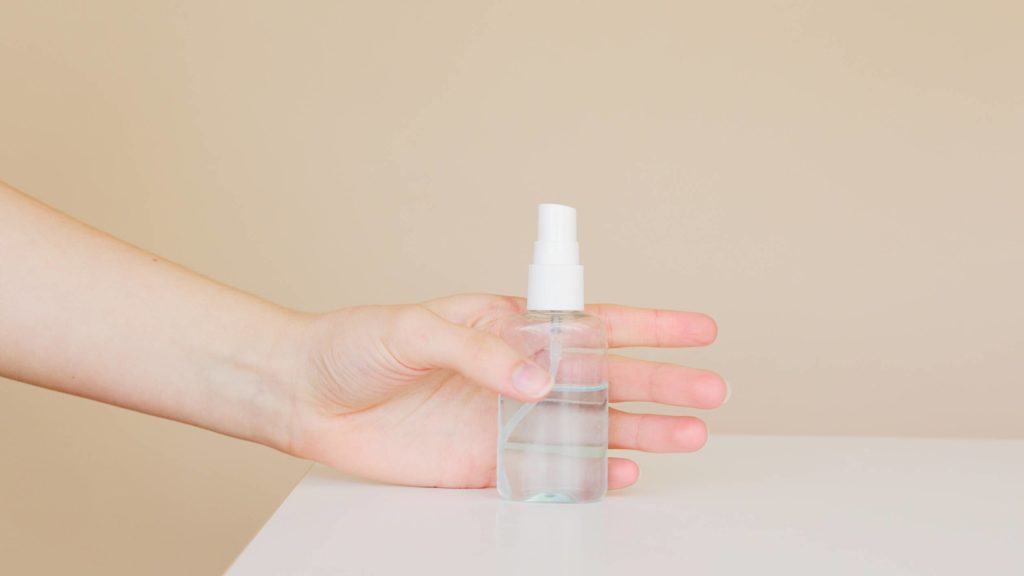Hand sanitizer has been in short supply this year. At the start of the COVID-19 pandemic, hand sanitizer was one of the first items to face shortages. That’s led to a swarm of new vendors cranking out hand sanitizer to meet demand. While you probably still can’t find recognizable brands like Purell and Germ-X, you can find plenty of stuff under names like Sanit, Instant Gel Hand Sanitizer (no name), Artnaturals, and Wave. Even beverage distillers got in on the action, at least for a time.
Unfortunately, these new hand sanitizer vendors are in such a rush to market that quality often falls by the wayside, sometimes dangerously so. The Food and Drug Administration (FDA) has published a list of hand sanitizers known to be contaminated with methanol. If you have off-brand hand sanitizer, you should check it against the FDA database to see if it’s listed.
Here’s what you need to know:
- Some hand sanitizers produced in Mexico have dangerous levels of methanol.
- You should buy known hand sanitizer brands or at least brands produced in countries with strict regulations.
- Some new brands of hand sanitizer might smell bad, but aren’t dangerous.
- You can use alcohol in a spray bottle instead, as long as it’s 60% ethanol or 70% isopropanol.
What is methanol and why is it bad?
Methanol, also known as wood alcohol, is dangerous when consumed or even when absorbed through the skin. It can cause “nausea, vomiting, headache, blurred vision, permanent blindness, seizures, coma, permanent damage to the nervous system or death,” according to the FDA. The FDA also says, “Methanol is not an acceptable active ingredient for hand sanitizers and must not be used due to its toxic effects.”
Methanol is often produced in the initial stages of distilling ethanol, known as the “foreshots” by moonshine distillers. It’s for that reason that moonshiners will throw out the first part of a batch.
Methanol winds up in hand sanitizer when, in a bid to maximize output and reduce costs, producers skip dumping out that first bit of distilled alcohol. It could also be added as a denaturant or be the result of improper distilling. In any case, stick to hand sanitizers produced in the United States or other countries with stringent regulations.
Does the bad smell mean my hand sanitizer is unsafe?
Your new hand sanitizers might smell bad, like corn cobs, fingernail polish, or rotting produce. That doesn’t mean the hand sanitizer contains methanol.
The New York Times has looked into the bad smell. Bryan Zlotnik of Alpha Aromatics explained that the smell is “the natural byproduct of ethanol being made from corn, sugar cane, beets, and other organic sources.”
The odors won’t hurt you, but you aren’t crazy, either. New hand sanitizer really does smell different from Germ-X or Purell. The alcohol produced by those brands is filtered through carbon, which reduces those natural odors. The stuff being rushed to market isn’t filtered, because skipping the filtration is cheaper and saves time. So it smells, but it’s still effective.
To discourage people from drinking hand sanitizer, manufacturers also add denaturants to it, like acetone, methyl ethyl ketone, and denatonium, which can lead to sharp odors. Fortunately, the bad smells shouldn’t pose any hazard other than just being unpleasant.
I recently purchased a half-gallon of Germ Attack brand hand sanitizer and can confirm that it has a sweet, corny moonshine smell, but it hasn’t yet developed any unpleasant odors. And it’s made in the United States, so it’s likely to be safe.
The bottom line
Hand sanitizer isn’t strictly necessary to your COVID-19 arsenal. Good handwashing is just as effective, if not more so. But hand sanitizer is invaluable for times when you come into contact with a potentially contaminated surface and don’t have easy access to soap and water, such as when touching packages or gassing up your car.
If you don’t have access to high-quality hand sanitizer, you can fill a spray bottle with alcohol and simply spray your hands instead. We recommend keeping such a bottle in your individual first-aid kit, so it may pay to buy in bulk. Make sure the alcohol you use is at least 60% ethanol or 70% isopropanol. You could even use liquor if the proof is high enough. An alcohol’s proof is double the alcohol by volume, so 120-proof pure grain alcohol is 60% alcohol. Pure grain alcohol, which can be up to 95% alcohol, is probably your best bet there.
